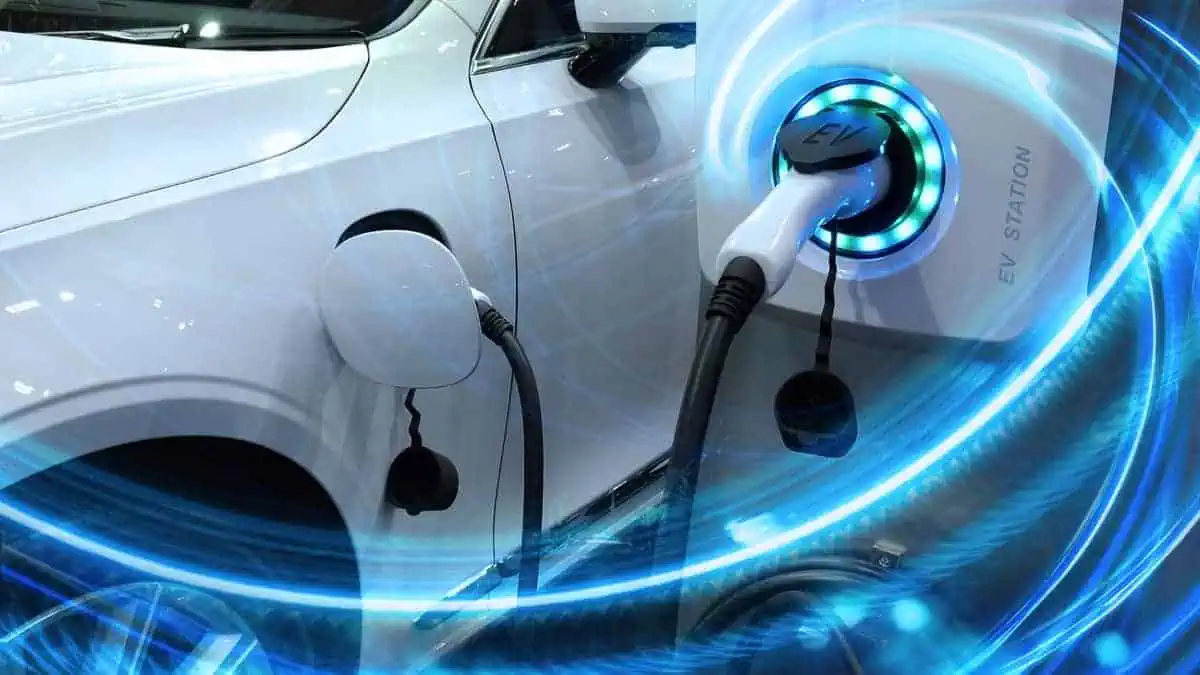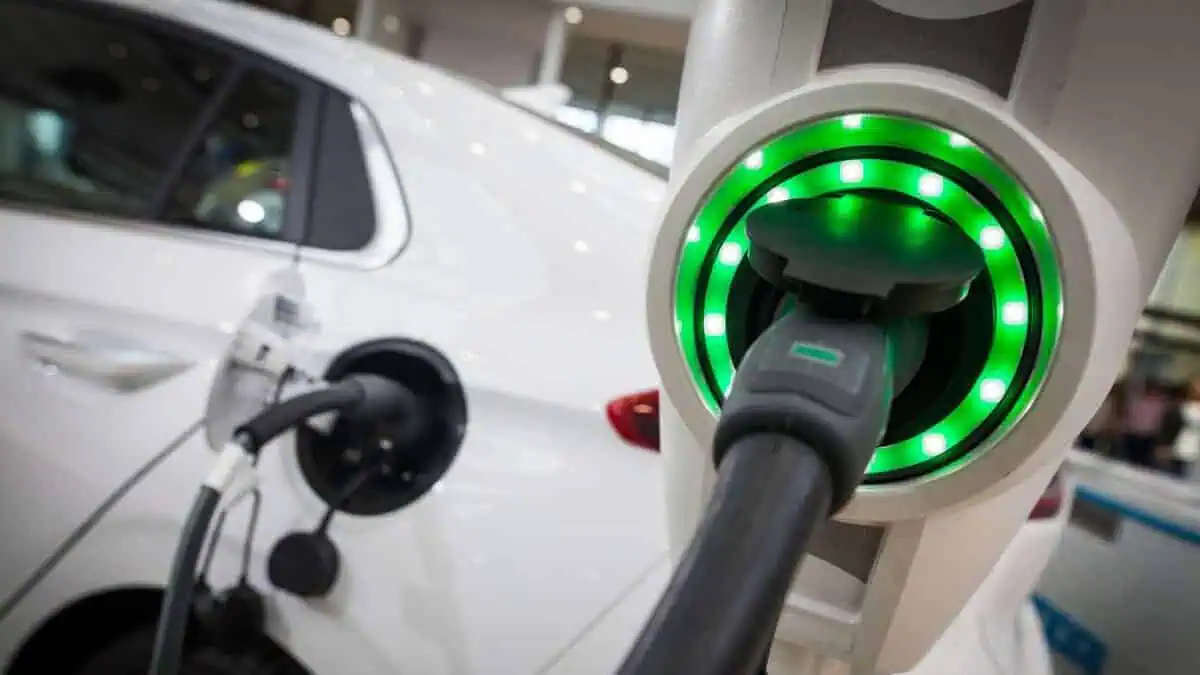An all-Canadian electric vehicle made its public appearance at the Consumer Electronics Show in Las Vegas this January 6th. From design to manufacturers to auto parts, everything is made in Canada.
A report from National Post stated that over the past year, the Ontario Tech University in Oshawa has held and becomes the birthplace of Project Arrow, the all-Canadian electric vehicle.
The report added that the EV intends to showcase Canada’s ability to participate in the EV revolution and provide the advanced and new technologies that suppliers will demand.
“Let’s take a moonshot. Let’s make our own car.”
Flavio Volpe, President of the Automotive Parts Manufacturers’ Association (APMA)
The term “moonshot” Volpe used meant how this project would show the entire EV community that Canada has all the means to create an electric and autonomous vehicle of the future.
The Beginning of Project Arrow
It all started with a design competition among the students from Carleton University. The students mustered up a winning proposal that led the APMA to contact various parts manufacturers. The report added that the contacting of manufacturers was to source out what cutting-edge technologies they were ready to include in the brand-new car.
Volpe noted how the electric car could be the platform for parts manufacturer to sell their products.
“There’s 58 companies’ technology that’s in this vehicle, and that’s everything from seats and wheels to advanced cybersecurity and connected drive suppliers.”
Flavio Volpe, President of the APMA
Volpe also said that more than 200 suppliers genuinely offered to contribute their products to the project.
According to National Post, the project received $5 million from the federal government and $1.8 million from Ontario’s government. The Quebec government was also able to help some of their local suppliers who are part of the project.
All about Project Arrow
Although the EV has not yet been tested, National Post stated that it has an estimated range of 500 km and can generate 550 horsepower. The report added that the EV shares many characteristics with current crossover models, which are one of the most well-liked vehicles in the EV industry.
The Arrow is said to have a spacious passenger compartment because it does not have an engine or gas tank. Like any other EVs whose primary concern is the vehicle’s range, the Arrow is crafted to be as aerodynamic as possible. To do this, sensors and cameras are installed instead of side mirrors. However, safety matters would be fine since the designers ensured that it would be approved for travel in Canada. Hence, it ensures to meet of safety standards.
In addition, the EV has a solar-paneled roof that can supply electricity to some of the car’s minor systems, relieving battery strain.
The All-Canadian EV Goal
Aside from building an electric vehicle out of new Canadian products, the APMA approached parts suppliers because they were searching for items that could undergo mass production.
Once interested EV companies recognize the products of the involved supplier, the supplier could produce mass quantities of that product, gaining money from that big order.
“The objective of the project is to feature specific technology for Canadian companies that could be sold, that’s commercially ready. What we’ve done here is given 58 suppliers an opportunity to demonstrate their technology in a way that they’d never be able to do, if they were a supplier to a Lexus, to a Ford.”
Flavio Volpe, President of the APMA
Why Ontario Tech?
According to the report, Ontario Tech University offers a major in automotive engineering and a research center with a wind tunnel that can mimic weather. Hence, the Arrow was built and developed in a university with strong ties to the auto industry.
Most EV manufacturing companies involved are competitors. To avoid biases among the manufacturing companies who are part of the project, Volpe chose Ontario Tech as he considered it a “neutral site.”
The manufacturing companies did not get to see how the Arrow was assembled. Warnings to keep away from the area, like “no tours” on the production site, were posted on the doors. It is not to expose the new products installed on the EV.
On the university’s end, Les Jacobs, Ontario Tech’s vice president of research, said the initiative suited the school well.
“Project Arrow is an all-Canadian initiative, and we are very happy that APMA partnered with Ontario Tech for its capabilities, both in terms of the university’s innovative ACE Core Research Facility, and the passion and experience of our faculty and students. It’s a special feeling to know that we are making a vital contribution to support innovative lab-to-market projects in our country in the critical fight against climate change.”
Les Jacobs, Ontario Tech’s VP of research






